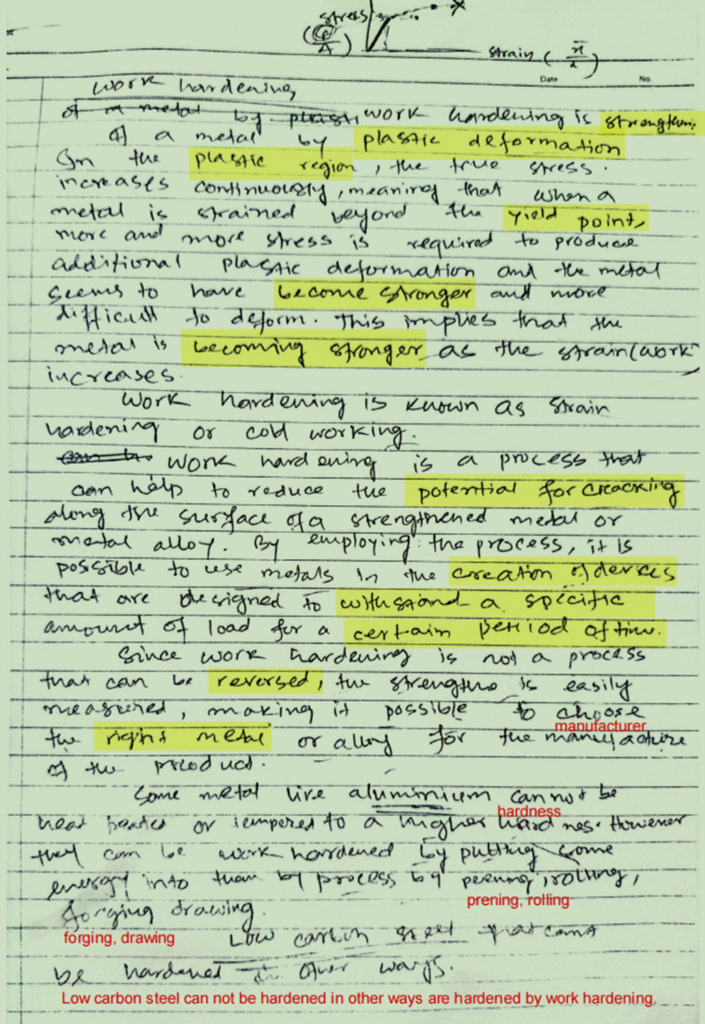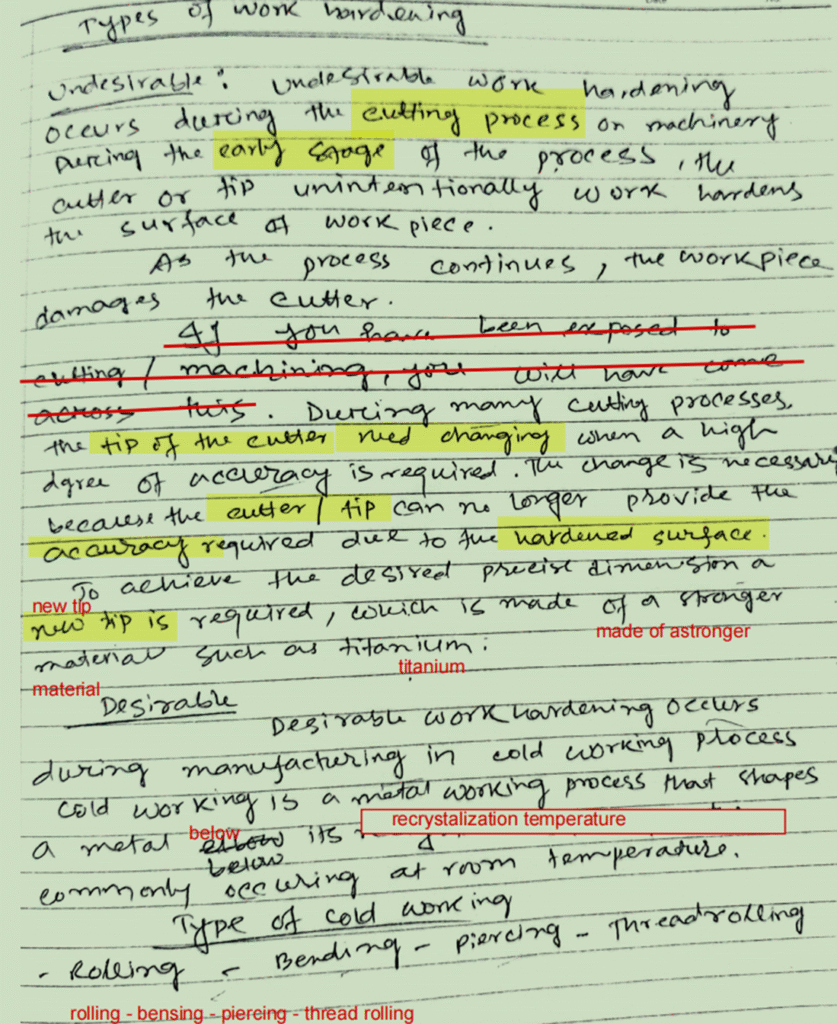.ship building material .ship building material .sbm .ship material .shipbuilding material
Ships are made up of a variety of different metals and metal alloys. Different metals will suit different part requirements best. Below are some of the most common ship parts and the metals they are composed of.
SHELL PLATING
Shell plating is typically made of rolled plain steel of grades D or E. During the steel ship hull construction, shell plating, creates a water-tight barrier on the bottom and sides of the ship. It typically consists of several curved and flat steel plates, welded together.
SUPERSTRUCTURES
The superstructures are the part of the boat that is built up above the deck. An example of this is seen on any cruise ship. The superstructures of ships are now commonly made with aluminum alloys. This allows for the ship to be lighter as a whole than if the superstructures were made of steel, and the ship’s center of gravity is lower.
WATERTIGHT DOORS
Watertight doors are doors constructed on both sides of a watertight bulkhead. These doors are typically made of cast steel and prevent water from entering the ship. It is important that steel is used because the doors need to be capable of withstanding high pressures, if they are poorly made then a ship could flood.
STERN FRAME
The stern frame supports the tailshaft of the rudder and the propeller. In old ships, the frame used to be welded to the hull. The frame is typically fashioned from steel plates with plate sides that are stiffened for added support. In order to prevent it from corroding, it is heavily coated.
RUDDER PINTLES
Rudder pintles refer to the bolt/pin that attaches the rudder to the ship. In the past, brass pins in hardwood frames were used. But upon the introduction of steel, it was found that a stainless steel pintle is stronger and cheaper than its brass counterpart. The basic functionality of the pintle is similar to that of a door hinge.
PROPELLERS
Ship propellers are usually constructed by a copper alloy, like brass, to withstand the corrosive effects of saltwater. They are specifically designed to prevent cavitation which occurs when bubbles of water vapor collide with the propeller and create small dents. Propellers generate the propulsion force of the ship by turning in a fan-like motion.
Marine propellers are manufactured from corrosion-resistant materials as they are made operational in seawater which is a corrosion accelerator. The materials utilized for making marine propellers are an alloy of stainless steel and aluminum. Other popular materials employed are alloys of nickel, bronze, and aluminum, which are 10~15 % lighter than other materials and have higher durability.
Also
Cast steel is used in parts of rudder, stem and stern
Forged steel used in anchor, chain, rudder shaft
Non-ferrous metal – Aluminium used in compass area, superstructure, boats, copper nickel alloy (pipes)
Plastic and wood used in interior equipment and boats.




